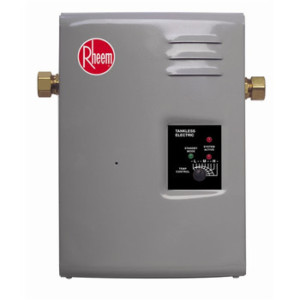Solar Panels
Demann Electrical are your Solar Panels specialists. We provide a complete repair, installation and maintenance service for all your Melbourne Solar Panels needs including electrical solar boosters, new meter boxes.
For any questions or if you would like to book, please call Demann Electrical on 0400-072-607, email dan@demannelectrical.com.au .Or simply fill out the form below and we’ll get right back to you.
So how exactly do solar panels work? Please read below for the Wikipedia explanation.
Solar panels use light energy (photons) from the sun to generate electricity through the photovoltaic effect. The majority of modules usewafer-based crystalline silicon cells or thin-film cells based on cadmium telluride or silicon. The structural (load carrying) member of a module can either be the top layer or the back layer. Cells must also be protected from mechanical damage and moisture. Most solar panels are rigid, but semi-flexible ones are available, based on thin-film cells. These early solar panels were first used in space in 1958.
Electrical connections are made in series to achieve a desired output voltage and/or in parallel to provide a desired current capability. The conducting wires that take the current off the panels may contain silver, copper or other non-magnetic conductive transition metals. The cells must be connected electrically to one another and to the rest of the system. Externally, popular terrestrial usage photovoltaic panels use MC3 (older) or MC4 connectors to facilitate easy weatherproof connections to the rest of the system.
Bypass diodes may be incorporated or used externally, in case of partial panel shading, to maximize the output of panel sections still illuminated. The p-n junctions of mono-crystalline silicon cells may have adequate reverse voltage characteristics to prevent damaging panel section reverse current. Reverse currents could lead to overheating of shaded cells. Solar cells become less efficient at higher temperatures and installers try to provide good ventilation behind solar panels.
Some recent solar panel designs include concentrators in which light is focused by lenses or mirrors onto an array of smaller cells. This enables the use of cells with a high cost per unit area (such as gallium arsenide) in a cost-effective way
Categories: Residential Electrical



